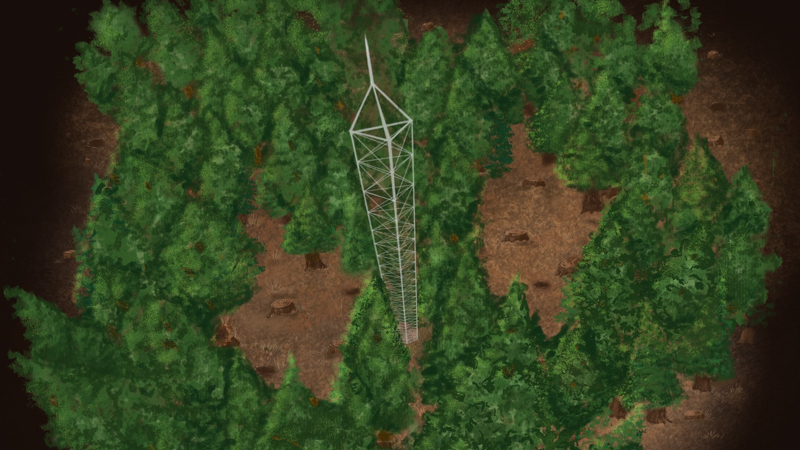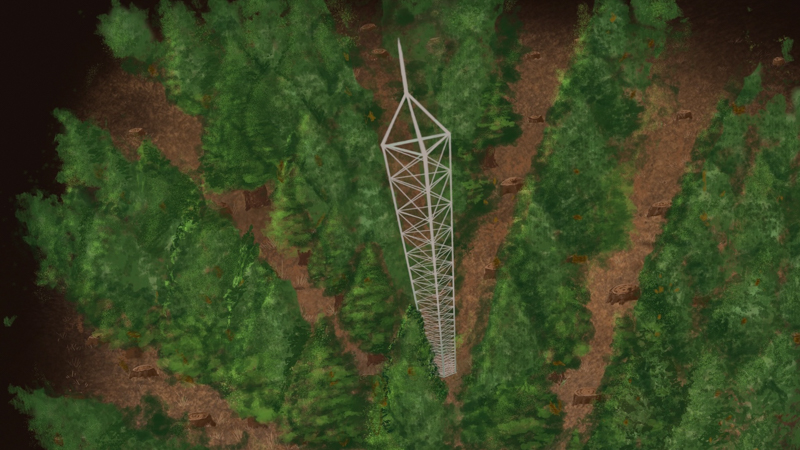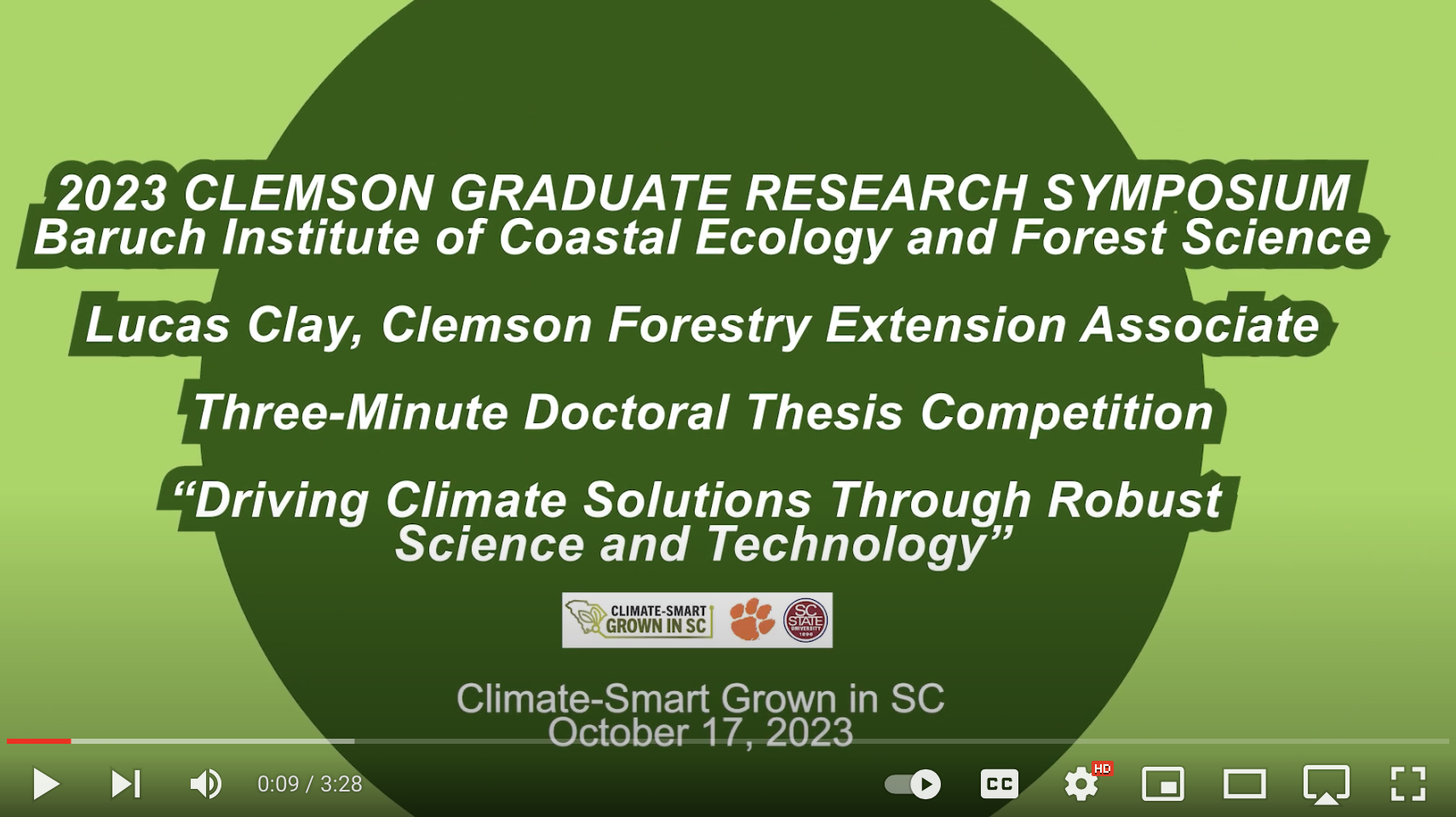
Spotlight on Forestry
FORESTRY
Forest Stand Improvements

100 years ago, the practice known as clearcutting was synonymous with "cut and run" or "slash and burn" logging. Timber was thought of as an unlimited resource and many forests were decimated when loggers would clear entire stands or leave only the poorest-quality trees behind - a practice known as high-grading. Repeated cycles of this practice left vast areas with little ecological or economic value. Today clearcutting - uniformly cutting down most or all trees in an area - is used by foresters to meet a variety of forest management objectives including the control of pathogens and wood-boring insects, and to help regenerate shade-intolerant tree species. However, clearcutting can have significant negative impacts. These include soil erosion and sedimentation, worsened air quality and greenhouse gas emissions, and the degradation or destruction of entire ecosystems. Climate-Smart Grown in SC is encouraging landowners to, whenever possible, move away from clearcutting and toward the following practices.

Patch-cutting creates small openings in a forest by removing all the trees in small areas while retaining intact forest between these patches. When implemented for Climate-Smart Grown in SC, plot locations for cutting are chosen randomly with the goal being to remove trees in 33% of the treatment area. There are many benefits to using patch-cutting as an alternative to clearcutting. This practice emulates how natural disturbances regularly create forest gaps, and allows a forest stand to retain its natural composition and structure. The openings created provide sites for regeneration while reducing wildfire risk and enhancing pest resistance. Additionally, these patches have been shown to enhance biodiversity, restore native plant communities, and enhance wildlife food availability.

Similar to patch-cutting, row-thinning removes all the trees in small areas while keeping intact forest between these areas. However, as the name implies, this practice involves removing entire rows of trees in a forest stand. For Climate-Smart Grown in SC, the rows are chosen randomly to remove trees in 33% of the treatment area. This practice has been shown to improve the health and growth rate of the remaining stand, allowing remaining trees to grow and produce higher-quality timber. Row-thinning can reduce the risk and impacts of damaging pests like the southern pine beetle. It can also boost biodiversity while creating a more resilient forest.
Driving Climate Solutions Through Robust Science and Technology
Lucas Clay is a Clemson PhD candidate in Dr. Tom O'Halloran's lab at the Baruch Institute of Coastal Ecology and Forest Science. In the fall of 2023, Lucas presented a summary of his doctoral work at the 2023 Clemson Graduate Research Symposium. His research examines using scientific data to pinpoint the key drivers of climate change and the carbon cycle, and how to identify forest management practices that mitigate the human impacts on climate change. Lucas is currently helping to implement climate-smart forestry practices working as a Climate-Smart Extension Associate.

